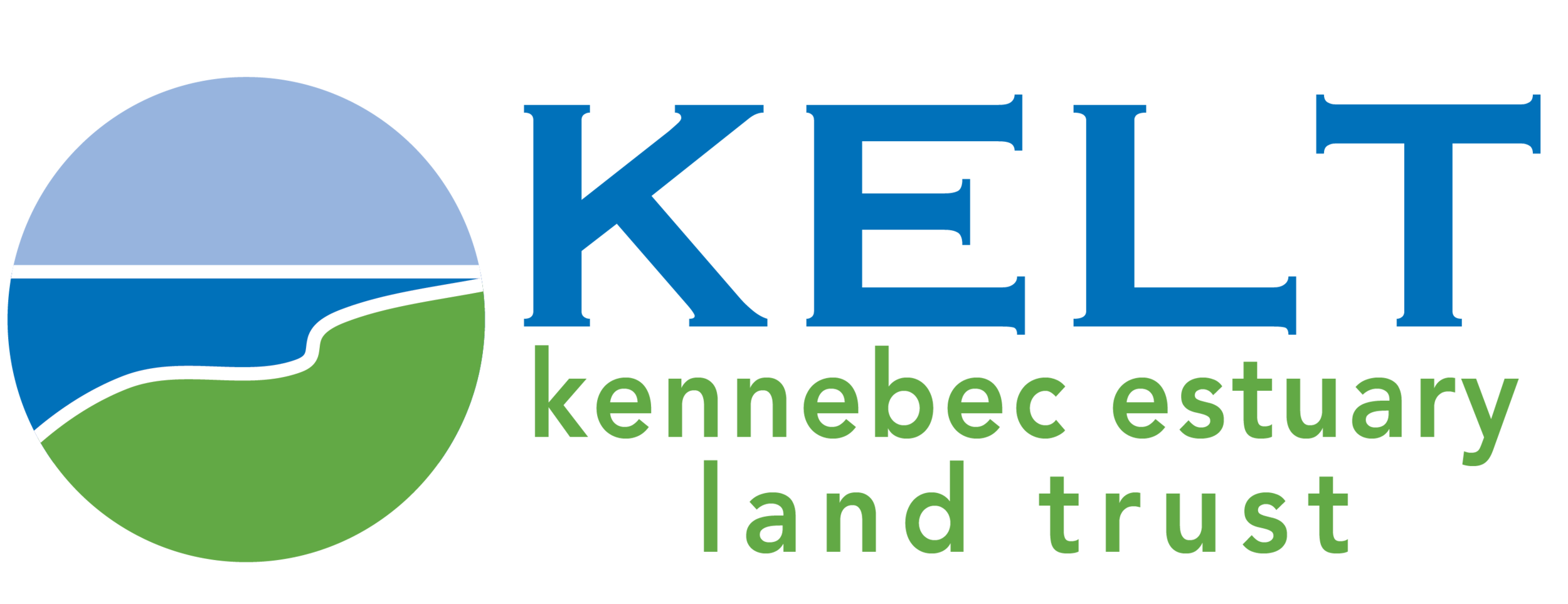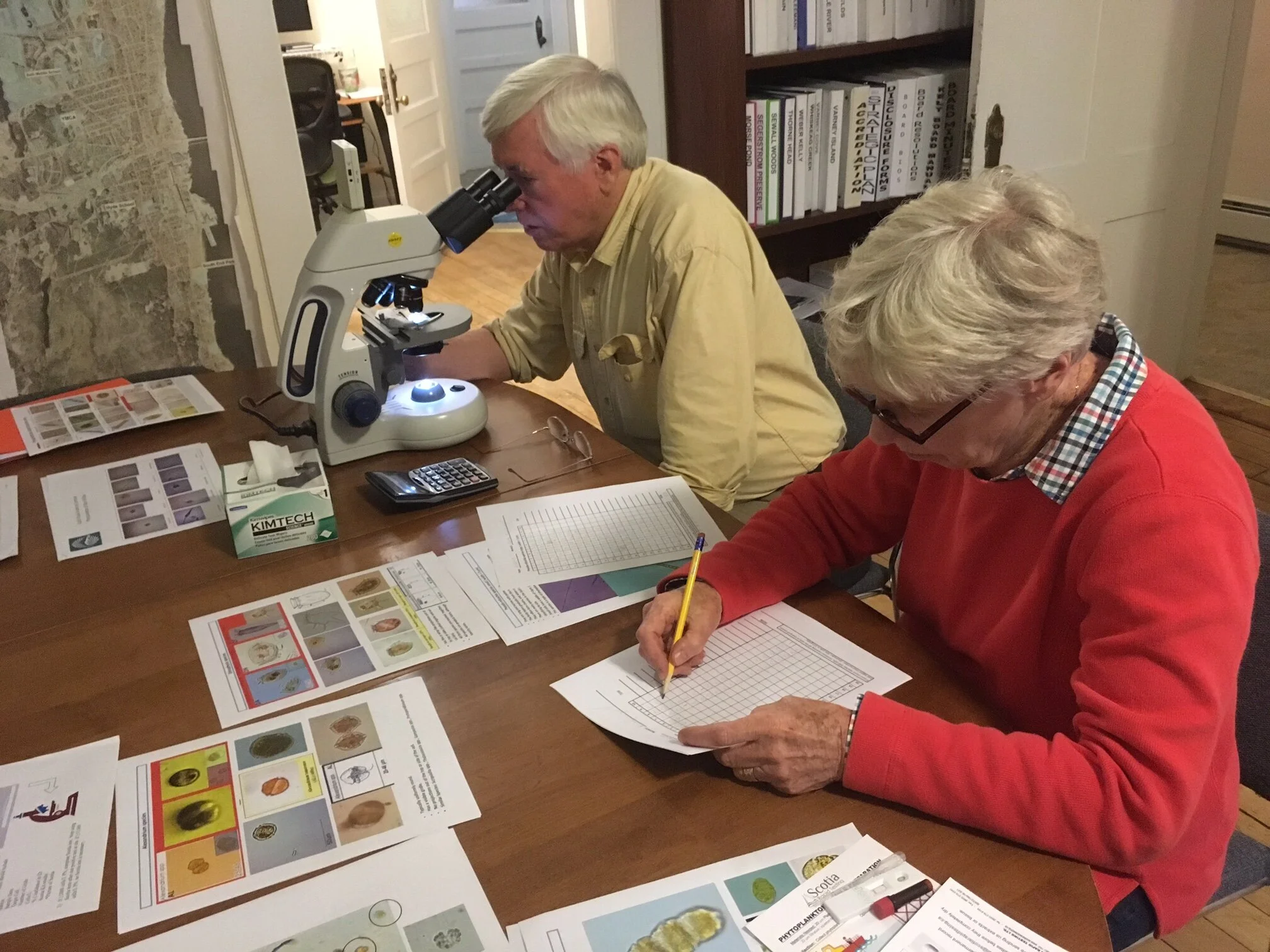KELT is excited to be partnering with US Fish and Wildlife Service, Maine Department of Marine Resources, and Brunswick Topsham Land Trust to build a team of volunteers to monitor temperature and smelt in our region. For this program, volunteers adopt a stream site and visit the stream at least once a week during the smelt spawning season (early spring) to see if either smelt or their eggs are present. Because smelt travel at night, the surveys for the fish take place in the dark, by flashlight. The surveys for the eggs take place during the day at low tide. The volunteers also set up small temperature sensors at their site that automatically record the stream’s temperature every 30 minutes.
Maine’s smelt volunteer monitoring program was developed by a team from the Downeast Salmon Federation, the Maine Department of Marine Resources, The Nature Conservancy, and the Gulf of Maine Research Institute to learn more about where smelt spawn in Maine. It is set up as a project through the Gulf of Maine Research Institute’s Ecosystem Investigation Network, and the data local volunteers collect feed into this statewide effort.
The stream temperature monitoring is an exciting addition to the smelt surveys that provides important information about the conditions in local streams where smelt spawning is happening. The volunteer temperature monitoring methods were developed by US Fish and Wildlife Service and KELT, and our smelt volunteers will be testing them out for the first time in 2022.
KELT’s role is to coordinate and support the team of volunteers tracking smelt and temperature in the streams in our local region.




































